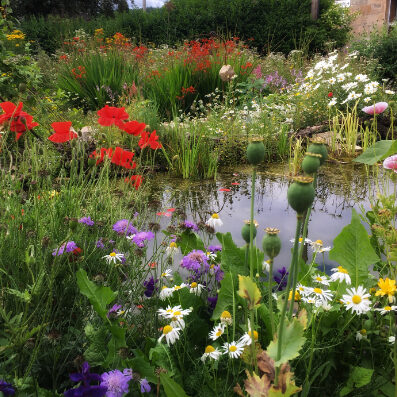2017 – 2021 Evaluation
Discover the key ways that the Spey Catchment has improved and where we have made progress since implementing the 2017 – 2021 Catchment Management Plan
The first Catchment Management Plan (CMP) for the Spey was produced in 2003 by the Spey Catchment Steering Group. It brought together the needs and objectives of a wide range of partners, setting out a strategic framework for the sustainable and equitable use of the water resource balanced against the protection and enhancement of the exceptional natural, geographical and cultural qualities which the catchment offers. Delivery against the 2003 plan was evaluated in our 2016 Catchment Management Plan Review and the second Catchment Management Plan for 2017 – 2021 was put together later that year based on the outcomes of the evaluation, and updated to reflect the constantly changing pressures and priorities affecting catchment management.
With the consolidation of staff resource for the Spey Catchment Initiative, the on-going support of long-standing partner organisations and the valuable addition of some new partners, much has been achieved during the five year period. It has become particularly apparent how quickly natural, social and economic pressures, national policy framework and organisation-specific management priorities can change, pertinent examples being the acceleration of climate impacts, the nature of the funding landscape, and the outfall from Brexit and the Covid 19 pandemic. This review of the 2017-2021 CMP will served to guide the direction, scope and priorities of the current 2023 – 2030 plan.
The 2017-2021 CMP set out 35 Objectives under nine thematic Aims. Rather than attempting a quantitative analysis of progress against each objective, the pages below give examples of some of the achievements delivered and highlight actions which illustrate the breadth and quality of activity within the catchment across the different stakeholder sectors, whilst recognising that a far greater amount of positive action has taken place than can be captured in this review.
We hope you will enjoy browsing the pages below, whether your interest is on a particular theme or more general. The links below and in the text will take you to sources of more detailed information about specific actions and the broader work of the various organisations making an on-going contribution to co-ordinated management of the catchment.
Spey Catchment Initiative Partners 2017 – 2021























